 | Sir Humphry Davy - 1812 - 352 pages
...greater space; and the diminution of temperature during the conversion of solids into fluids or gasses, may be explained on the idea of the loss of vibratory...round their axes, at the moment when the body becomes fluid or seriform, or from the loss of rapidity of vibration, in consequence of the motion of the particles... | |
 | 1813 - 574 pages
...greater space; and the diminution of temperature during the conversion of solids into fluids or gasses, may be explained on the idea of the loss of vibratory...round their axes, at the moment when the body becomes fluid or zriform, or from the loss of rapidity of vibration in consequence of the motion of the particles... | |
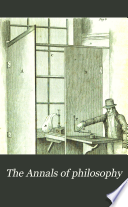 | Thomas Thomson - 1817 - 546 pages
...penetrating in right lines through space. Temperature may be conceived to depend upon the velocities of their vibrations ; increase of capacity on the motion being...round their axes, at the moment when the body becomes fluid or aeriform, or from the loss of rapidity of vibration in consequence of the motion of the particles... | |
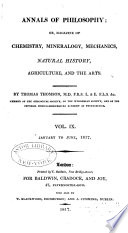 | 1817 - 534 pages
...penetrating in right lines through space. Temperature may be conceived to depend upon the velocities of their vibrations ; increase of capacity on the motion being...round their axes, at the moment when the body becomes fluid or aeriform, or from the loss of rapidity of vibration in consequence of the motion of the particles... | |
 | Jared Sparks, Edward Everett, James Russell Lowell, Henry Cabot Lodge - 1819 - 476 pages
...space ; and the diminution of temperature during the conversion of solids into liquids or gases upon the idea of the loss of vibratory motion, in consequence of the revolutions of the particles upon their own axes, at the moment when the body brcomes liquid, or aeriform,... | |
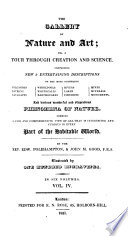 | Edward Polehampton - 1821 - 592 pages
...motion of the particles round their axes, or a motion of particles round each other. It seems possible to account for all the phenomena of heat, if it be...round their axes, at the moment when the body becomes fluid or aeriform, or from the loss of rapidity of vibration in consequence of the motion of the particles... | |
 | 1833 - 754 pages
...from each other, penetrating in right lines through space. Temperature may be conceived to depend npon the velocities of the vibrations ; increase of capacity...round their axes, at the moment when the body becomes fluid or aeriform, or from the loss of the rapidity of vibration, in consequence of the motion of the... | |
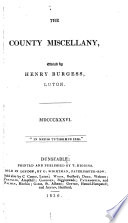 | Henry Burgess (of Luton) - 1836 - 446 pages
...with the greatest quickness; and that in ethereal substances the particles move round their own axis and separate from each other, penetrating in right...consequence of the revolution of particles round their axis, at the moment when the body becomes liquid or aeriform ; or from the loss of rapidity of vibration,... | |
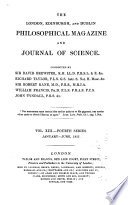 | 1857 - 1142 pages
...the range of temperature divided by the highest temperature above absolute zero. — May 1851, JPJ in greater space ; and the diminution of temperature...round their axes at the moment when the body becomes fluid or aeriform, or from the loss of rapidity of vibration in consequence of the motion of the particles... | |
 | William Allen Miller - 1860 - 510 pages
...greatest quickness ; and that in ethereal substances [meaning by this term light, heat, and electricity] the particles move round their own axes, and separate...round their axes, at the moment when the body becomes fluid or aeriform, or from the loss of rapidity of vibration in consequence of the motion of the particles... | |
| |